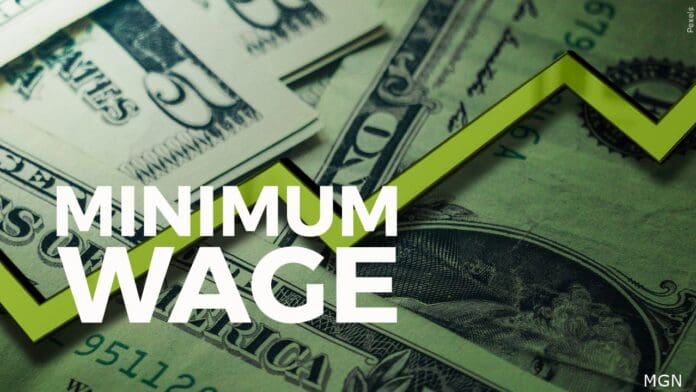The minimum wage in Minnesota has risen to $11.13 per hour for all employers, including large employers, small employers, youth, and J-1 visa wages for lodging establishments. The law still allows for a 90-day training wage for employees under age 20 and current hourly training wage increases to $9.08 per hour.
Employers in the cities of Minneapolis and St. Paul have higher minimum wage requirements than the state mandates.
The effectiveness and impact of minimum wage laws are subjects of ongoing debate among economists.
In a 2018 presentation titled “Minimum Wage Law–A Brief History and Overview,” C. Snowden Stieber, a J.D. Candidate at the University of Minnesota Law School, pointed out that Minnesota Governor Floyd Olson signed an executive order in 1931 setting a forty-five-cents-per-hour minimum wage as the first state minimum wage. That rate, adjusted for inflation in 2018 for Stieber’s presentation, was $11.39.
The primary purpose of a government-mandated minimum wage is to establish a baseline for fair compensation for work performed. The laws aim to prevent employers from paying extremely low wages, which may lead to worker exploitation and poverty. The goal is to ensure workers earn enough to cover basic living expenses like food, shelter, and transportation.
A minimum wage is intended to help lift low-wage workers out of poverty or at least reduce the severity of poverty.
When low-wage workers have more money, they can boost local economies by increasing spending on goods and services.
Economists, businesspeople, and politicians continue to debate the effectiveness and impact of minimum wage laws.
Minnesota law requires employers to display some state-mandated posters in a location where employees can easily see them. The posters are available at no cost and need to be updated only when Minnesota law changes. Employers can find the updated minimum-wage rate poster and other workplace notices and posters at the Department of Labor and Industry website, dli.mn.gov/posters.



